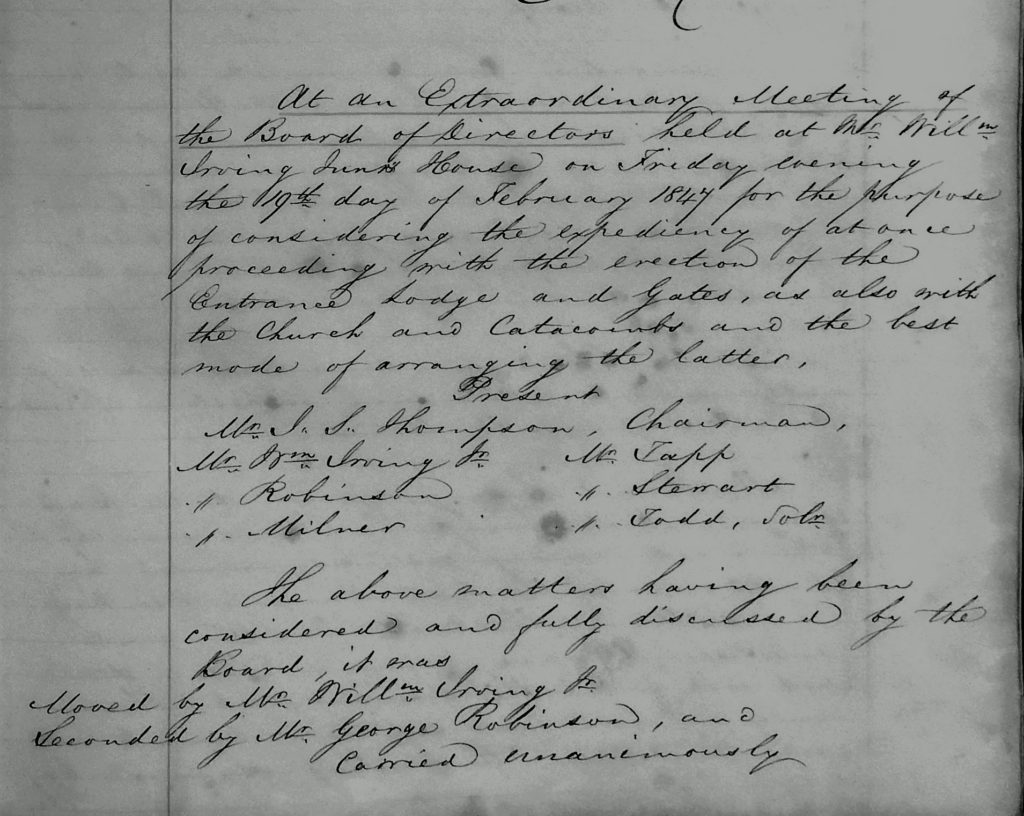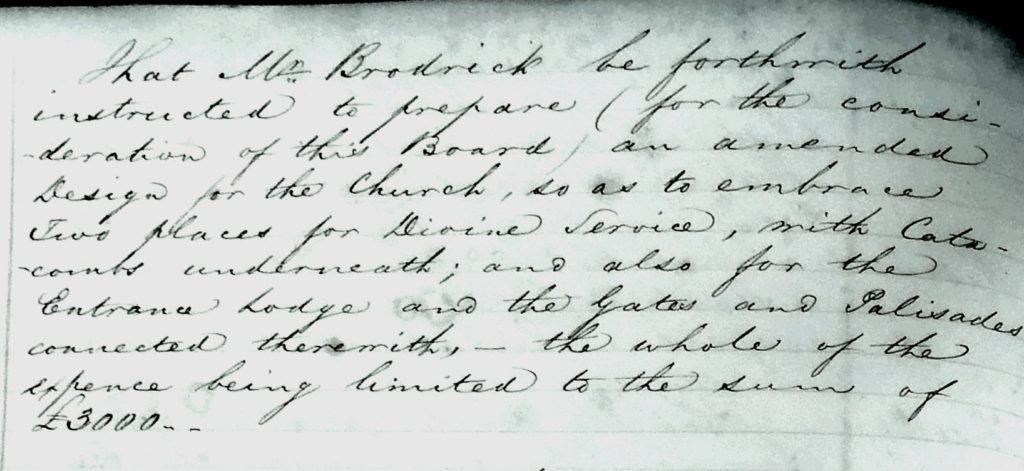This month is the anniversary of a very important point in the Cemetery’s life. On the 5th of November 1846 the Company’s board held an important meeting. The Cemetery wasn’t due to open until the June of 1847 so planning was still taking place. At this meeting two important points were discussed the ramifications of which are still being felt today.
The first point discussed was the extension of the Cemetery’s land holdings. Remember that it was only in the spring of 1846 that the Company had bought their original site from Henry Broadley. Even before the Cemetery opened they were hopeful of extending the site to the north. Seemingly the Board were so confident of the success of this venture.
More land to be bought
How this point was raised at this Board meeting was due to John Shields. As you all know, he was the first superintendent of the Cemetery. As he described the reason why he had brought it to the Board’s attention,
‘Mr Shields informed the board yesterday that Mr Nutchley and himself had seen Mr Wilkinson and that he had offered the Board the field contiguous to the cemetery grounds at £300 per acre, with the understanding that a final answer should be given by Saturday next.’
The Board were obviously interested in this development. As can be seen by the map below Mr Wilkinson owned the site that now comprises Welbeck, Thorseby, Newstead Streets as well as further land. On the map ‘the land to be taken for the enlargement of the cemetery’ was also owned by Mr Wilkinson.

So, yes the Board were interested. £300 per acre was a reasonable price, similar indeed to what they had paid Henry Broadley.
The Board agrees
Accordingly the Board agreed to accept this offer. As the minute books state,
‘After conversation thereon it was resolved unanimously that Mr Wilkinson’s offer be accepted and that Mr Todd be instructed to inform him the same and arrange the terms of payment in the following manner if possible viz £500 to be paid on the 1st of July 1847 and the balance at the end of three years from thence with interest thereon at 4% per annum having also the option of paying off the same earlier on giving three months’ notice of their intentions to do so.’
All well and good so far. However, as you all should know by now, The Company’s dealings were always fraught with disaster.
The Board meeting of the 18th
If we look forward to the Board meeting of the 18th the situation had drastically changed.
The Board received a letter from Mr Wilkinson’s solicitor, Mr Samuel Lightfoot, who is buried in the HGC and whose stone still stands.
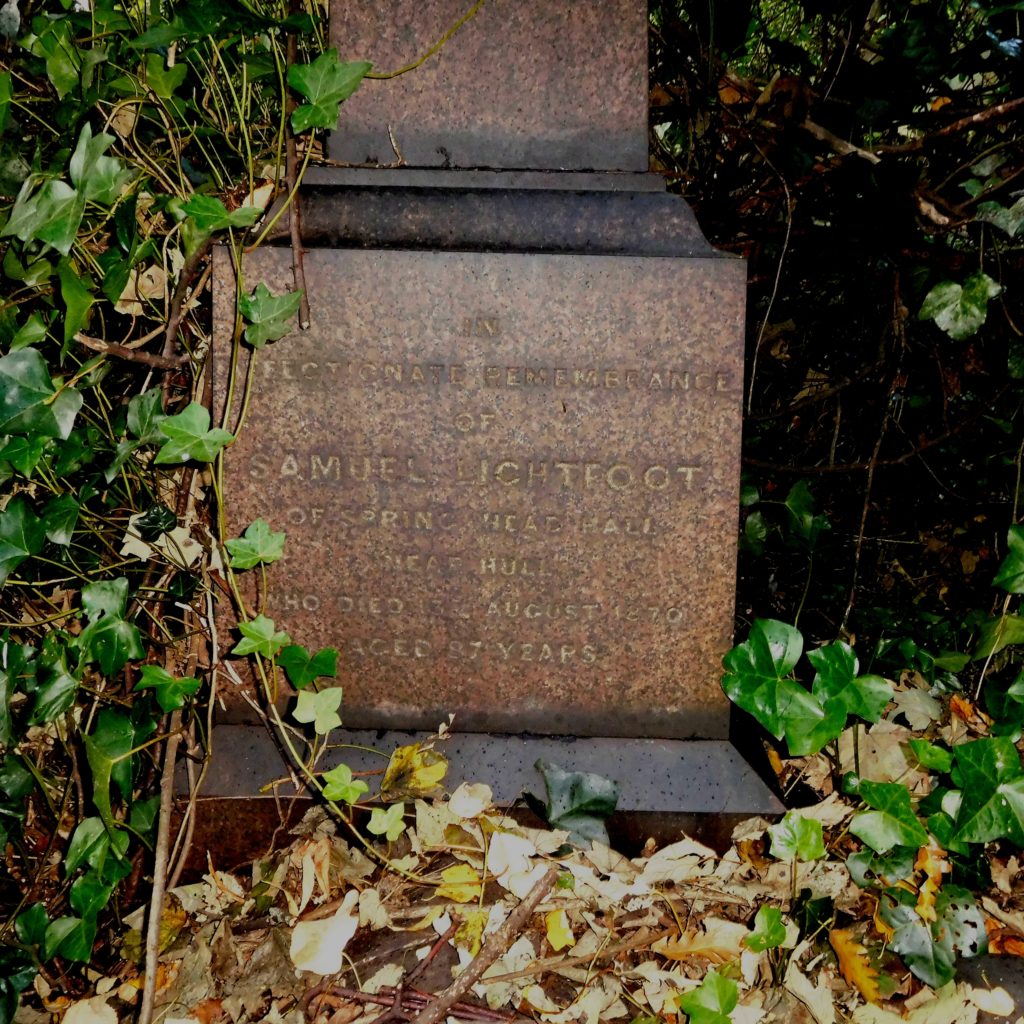
This letter was clear and unequivocal in its language.
‘We are the more surprised at this inasmuch as you have been apprised both by Mr Wilkinson and ourselves, that the offer which you made to purchase would not be accepted.’
What happened?
What had happened? We are not privileged to know all the details. We can safely assume that C.S.Todd, the secretary and solicitor of the Company, had performed his task as instructed. He was, after all, extremely competent, later to become the Secretary to the Local Board of Health and later still the Sheriff of Hull. So it is unlikely any blame would lie with him.
The most likely problem was that the Company’s terms of purchase were not to Mr Wilkinson’s liking. After all, he had not said he wanted to sell his land for anything less than cash up front. Not the complicated purchase scheme the Company had suggested. This may have been agreeable to Henry Broadley but Mr Wilkinson was not that man.
That also Mr Wilkinson had stipulated a time limit for the purchase. If he had seen this offer from the Company as a method of extending the negotiations this may have prejudiced him against going through with the sale.
And a more damning factor was that the Cemetery Company jumped the gun. Part of the solicitor’s letter stated that the Cemetery workmen had,
‘broken down Mr Wilkinson’s fence in great parts.’
To take this action before the ink was dry on the sale was stupid, especially with a man of Mr Wilkinson’s temperament.
An enemy for the future
With this action, compounded with further infractions in the December, the Company had made an enemy of their neighbour. His distrust and enmity of the Company bore fruit long after Mr William Wilkinson had died for his wife and son continued the vendetta.
Surprisingly his son chose to be buried in HGC and I have often thought this was a token revolt against his parent’s.
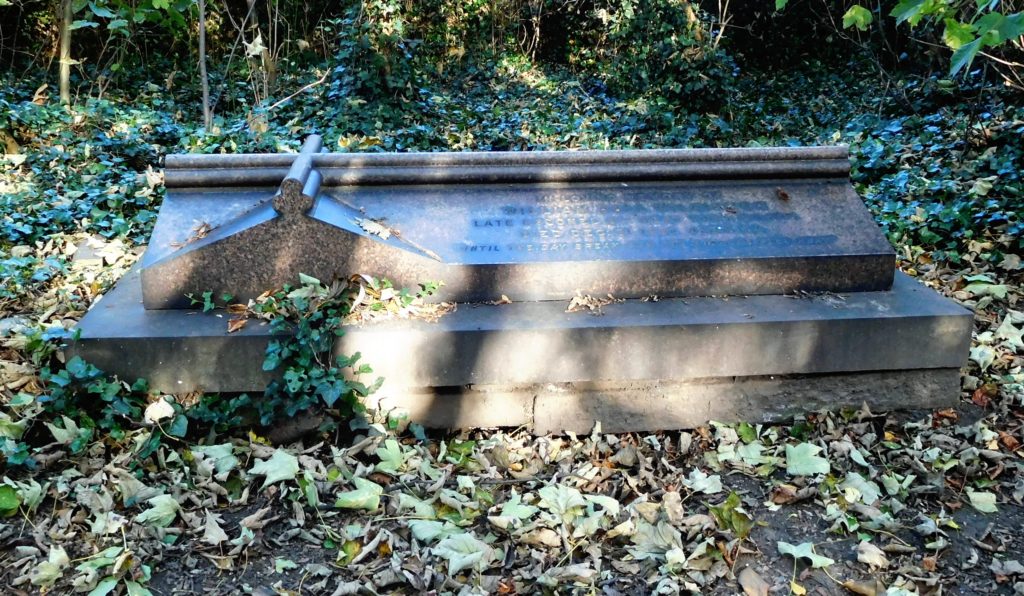
An alternate history?
The chance to extend the Cemetery to the north was lost forever. But let’s just imagine for a moment how an alternate history of the HGC may have run.
One of the aspects of this alternate history would have been that the Dukeries would never have been built. It is also questionable whether Garbutt’s Avenues project would have taken off. After all the residents of such an area may have enjoyed being near neighbours to the Park, the Cemetery perhaps not so much.
With the Cemetery extending to the north it would have had no need to extend to the west. Would the Local Board of Health have opted to begin the municipal burial ground that became Western Cemetery northwards instead of westwards? If this had happened the Avenues project would almost certainly not have happened.
The creation of Chanterlands Avenue
The creation of Chanterlands Avenue may not have begun either. When the Western Cemetery burial ground was simply the five acres leased from the Hull General Cemetery it was offered in 1884 another 15 acres of land as an extension. The person offering this land? Why none other than a representative of William Wilkinson’s son. Vendetta’s last a long time. He also offered another 20 odd acres further to the west.
However he stipulated that as he had extensive land to the north he wanted a 40 foot road created in between these lands as an access road to his property. The Council readily agreed and this was the beginning of Chanterlands Avenue.
Back at the Board meeting of the 5th
The second point at the meeting above was raised by Cuthbert Brodrick. Not a board member although a shareholder he had been invited to attend. The subject at issue was how to enclose the Cemetery grounds. As you may remember the chair, John Solomon Thompson, had made extensive field trips to cemeteries in London and Birmingham. The Creation of Hull General Cemetery: Part One
As such he knew what was out there. Although the need for the strict security that some of the cemeteries of London had employed to keep out the grave robbers was now redundant walls and gates were the norm. An example of which is below from Nunhead Cemetery.
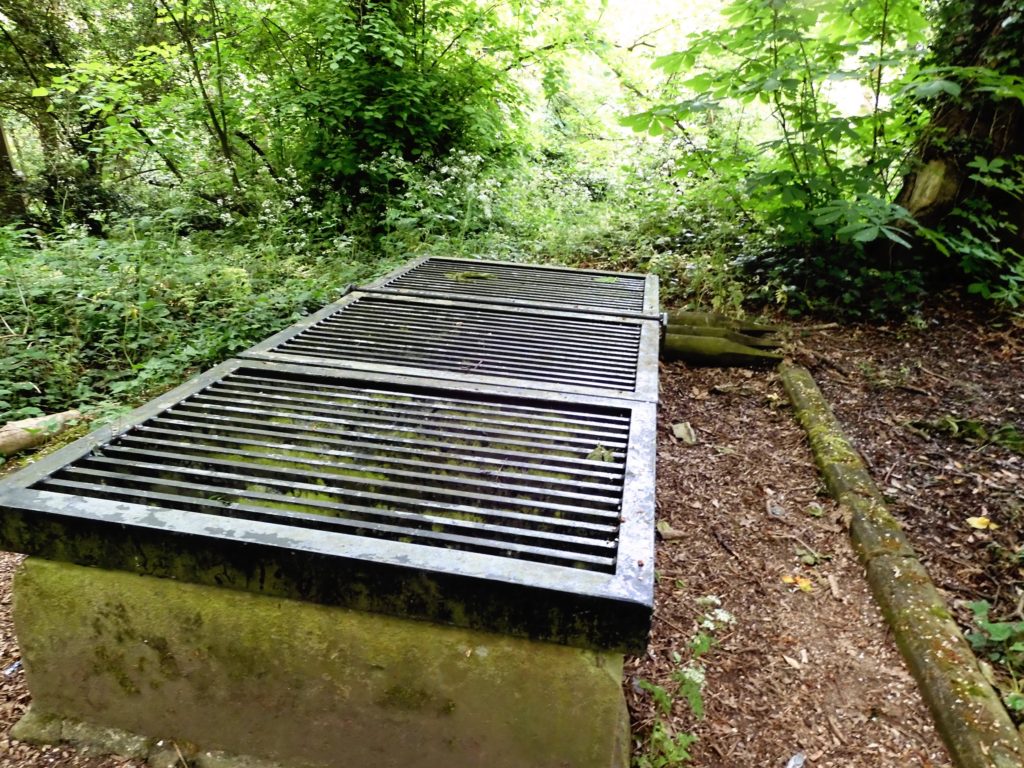
With this in mind Brodrick had been entrusted with providing plans for such necessary items.
Unfortunately no such copy of the plans have come down to us. Suffice to say that, upon consideration, the Board felt that,
‘Mr Broderick attended the Board with a design for the wall and iron fencing which were considered and after discussion it was determined that as the expense would be so very large, it was advisable to put up a wood fencing.’
Wood rather than brick
The result was that Cemetery was fenced rather than walled. In the short term the Board made a judgement call on the cost. They were in the midst of an ever increasing sea of costs at that time. The laying out of the Cemetery, the buildings necessary for its workings, the staffing costs etc were all coming from the increasingly small sum that had been gathered as a result of the share subscription. With no income until the Cemetery opened the next year the Board probably felt that some cost cutting measures were needed.
That these plans appeared at the same meeting that the projected extension of the Cemetery’s lands outlined above, with the costs this would entail, was unfortunate. At the same meeting,
‘Mr Harker attended the board with a plan of the engine house, boiler house and stalls and also with a plan of the fencing which were referred to a meeting of the board to be held Saturday next.’
Cost cutting
More expense. The Board were probably looking at some area where cost could be cut. What better than replacing the idea of an expensive wall with a much cheaper wooden palisade?
Well, as I said, a short term cost cutting eventually became a serious headache for later generations of Board members. The fence continually needed maintaining. Let us not forget how far it stretched. From the workshops in the north east corner, along the Dukeries side, past Thoresby School, along the western edge, back along Spring Bank West until it reached the gates at Princes Avenue corner. At no point in time was it free of maintenance costs. When the Cemetery Company fell on hard times it was one of the first things that fell by the wayside.
The result of this far-reaching decision, made in November 1846, is still with us as you can all see. The anniversary still resonates today.
Once again it would be interesting to imagine what would have been the result if the decision had been to take on Brodrick’s designs. I think I’ll leave that one with you to follow where it may lead.
Pete Lowden is a member of the Friends of Hull General Cemetery committee which is committed to reclaiming the cemetery and returning it back to a community resource.
